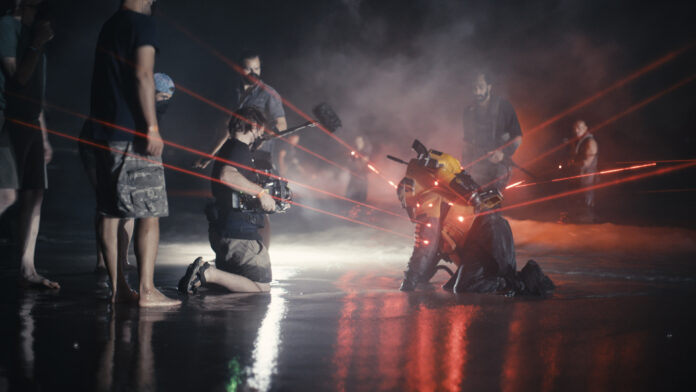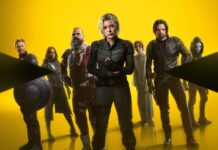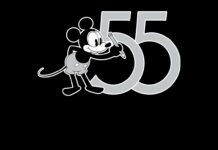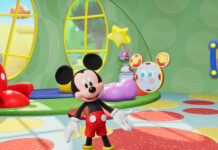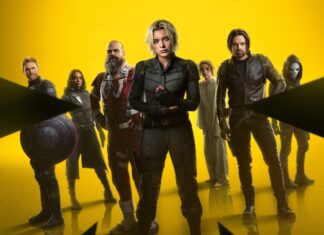This post contains affiliate links and our team will be compensated if you make a purchase after clicking on the links.
In “The Creator,” Joshua (Washington), a hardened ex-special forces agent grieving the disappearance of his wife (Chan), is recruited to hunt down and kill the Creator, the elusive architect of advanced AI who has developed a mysterious weapon with the power to end the war…and mankind itself. Joshua and his team of elite operatives journey across enemy lines, into the dark heart of AI-occupied territory, only to discover the world-ending weapon he’s been instructed to destroy is an AI in the form of a young child (Voyles).
“The Creator,” from 20th Century Studios, New Regency, and Entertainment One, is an epic sci-fi action thriller set amidst a future war between the human race and the forces of artificial intelligence. The movie is Directed by Gareth Edwards, the film stars John David Washington, Gemma Chan, Ken Watanabe, Sturgill Simpson, Madeleine Yuna Voyles, and Allison Janney. The screenplay is by Gareth Edwards and Chris Weitz from a story by Gareth Edwards. The producers are Gareth Edwards, p.g.a., Kiri Hart, Jim Spencer, p.g.a., and Arnon Milchan. The executive producers are Yariv Milchan, Michael Schaefer, Natalie Lehmann, Nick Meyer, and Zev Foreman.
During a recent press conference, we had the chance to hear from Director Gareth Edwards on where the idea came from and how he brought the movie to the screen.
Q: This was an original story that you wrote with Chris White, which I believe in 2020, you guys started it. Can you tell me how it came about?
Edwards: “Yeah. And also, Hossein Amini was also a writer for the movie. There are lots of ways of trying to explain where the idea came from. The most unique one that I remember very clearly was that I had just finished Star Wars. I needed a bit of a break, and we decided, with my girlfriend, that we’re gonna go and see her parents who live in Iowa, which [is like?] the other side of America. And we’re like, okay, we’ll do, like, a four-day road trip. And the great thing about having finished a movie is your brain sort of deletes, like, formats the hard drive.”
“And so, then you’ve got this, like, blank canvas. And I wasn’t expecting to think about the next film or get any ideas. But I’d just put some headphones on, I was looking out the window. And we went through this, like, tall grass, sort of farmland area. And there was this factory that went by and it had what looked like a Japanese logo on it. And I thought, just ’cause the way I’m wired, like in science fiction, I was like, I wonder what they’re doing in there? Like, oh, maybe it’s robots or something cool. I’m like, I doubt it. But then I was thinking, oh, imagine being a robot built in a factory and you step outside the factory for the first time.”
Director/co-writer Gareth Edwards says, “The Bming of this film is surreal. Even though we’ve been developing this movie for years, it’s opening at a fascinating time when our world is wrestling with a lot of the issues and questions we wanted to address with the film—what it means to be human, whether AI can be conscious, questions good and evil among AI and among people. I really think that exploring these questions is what sci-fi does best.”
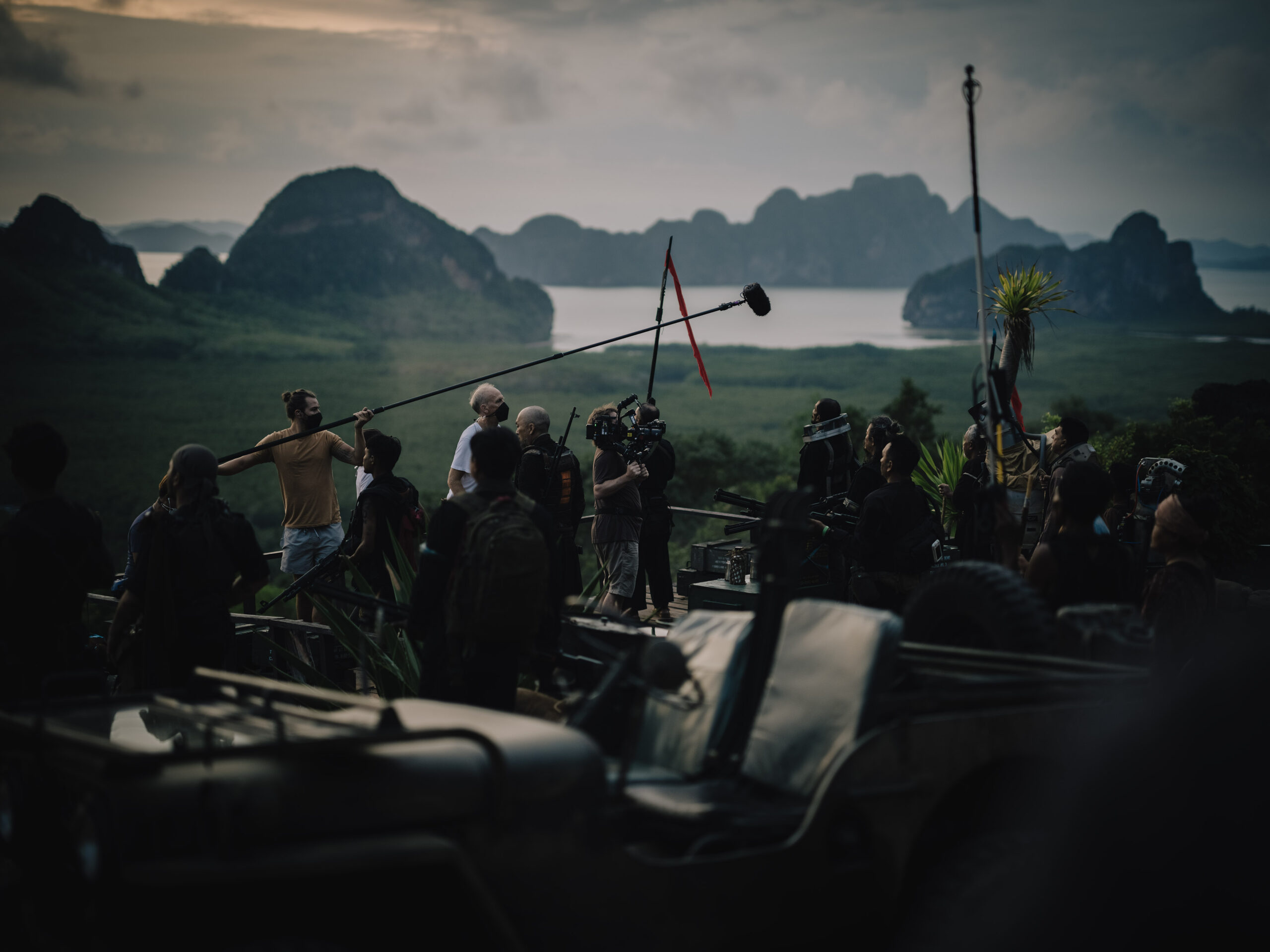
Q: This is a film that was shot in several countries, like, seven or eight countries all around the globe. Now, tell us about that. Why did you choose to do that and what does that bring to a film in terms of the creative benefits and in terms of the obstacles, the challenges?
Edwards: “It’s mainly all benefits, I think, in that normally, when you make a film like this, what happens is you design the world. You do all these cool pieces of artwork. You show a studio. They say, “You’ll never find anywhere that looks like this. You’re gonna have to build it in a soundstage. It’s gonna cost $2 hundred million, and you’ll shoot it against greenscreen.” And we were like, “No, no, no, no, no, no, no.” Like, forget the literal images. This is just the idea. We’ll design it based on whatever we actually film. So, we’ll do all the design, like, when we finish the movie. Like, we’d sort of make the movie in reverse.”
“And so, we ended up saying, like, “Just let us go make the film.” If you get the crew small enough, the cost of the crew is so little that it’s cheaper to fly them anywhere in the world than it is to build a set. And so, suddenly, the idea of, like, picking every single best location based on the scene became a reality. And so, we cherry-picked, like, the volcanoes of Indonesia, you know, Buddhist temples in the Himalayas, you know, ruins of Cambodia and floating villages and all this.”
“Went to eight different countries and shot the movie a lot more like an independent film, to some extent. And then when it was all finished, we had, you know, a big chunk of the budget for Industrial Light and Magic and some other vendors. Basically, we edited the film, got frames from each shot in the movie, and gave them to the Production Designer and the concept artist. And what normally happens a year and a half earlier was then happening during the edit. And they were painting and designing all the sci-fi just on the shots we were actually using.”
Q: What is it about science fiction, in terms of, it can explore real questions, can’t it? Kind of big questions that confront society, and we all worry about them. And you can almost do it one step removed with a science fiction film. I mean, why do you think that is, and why does it appeal to you so much?
Edwards: “I think it’s probably two main reasons. I’m not sure. One of them is, like, growing up with Star Wars and being promised this amazing world with spaceships and robots. And then you kind of realize it’s not true and that’s not gonna happen.”
“And so, the second-best thing is, like, I’ll become a liar, like George Lucas, and I’ll create these, like, you know, stories for kids to grow up with. But then the other main reason is my favorite TV show growing up was The Twilight Zone, you know, the Rod Serling in the black and white TV show. And what’s so good about those stories is they change one aspect of real life. Like, basically, you can live your whole life and have certain set beliefs. They never really get challenged because nothing really happens out of the ordinary. And so, you think, you know, everything you believe about the world is correct.”
The filmmakers knew that their unconventional approach to filming meant that much of the movie would need to be designed in post. Production designer Clyne, whose background is in visual effects, worked shoulder to shoulder with Edwards in delivering the look of “The Creator.”
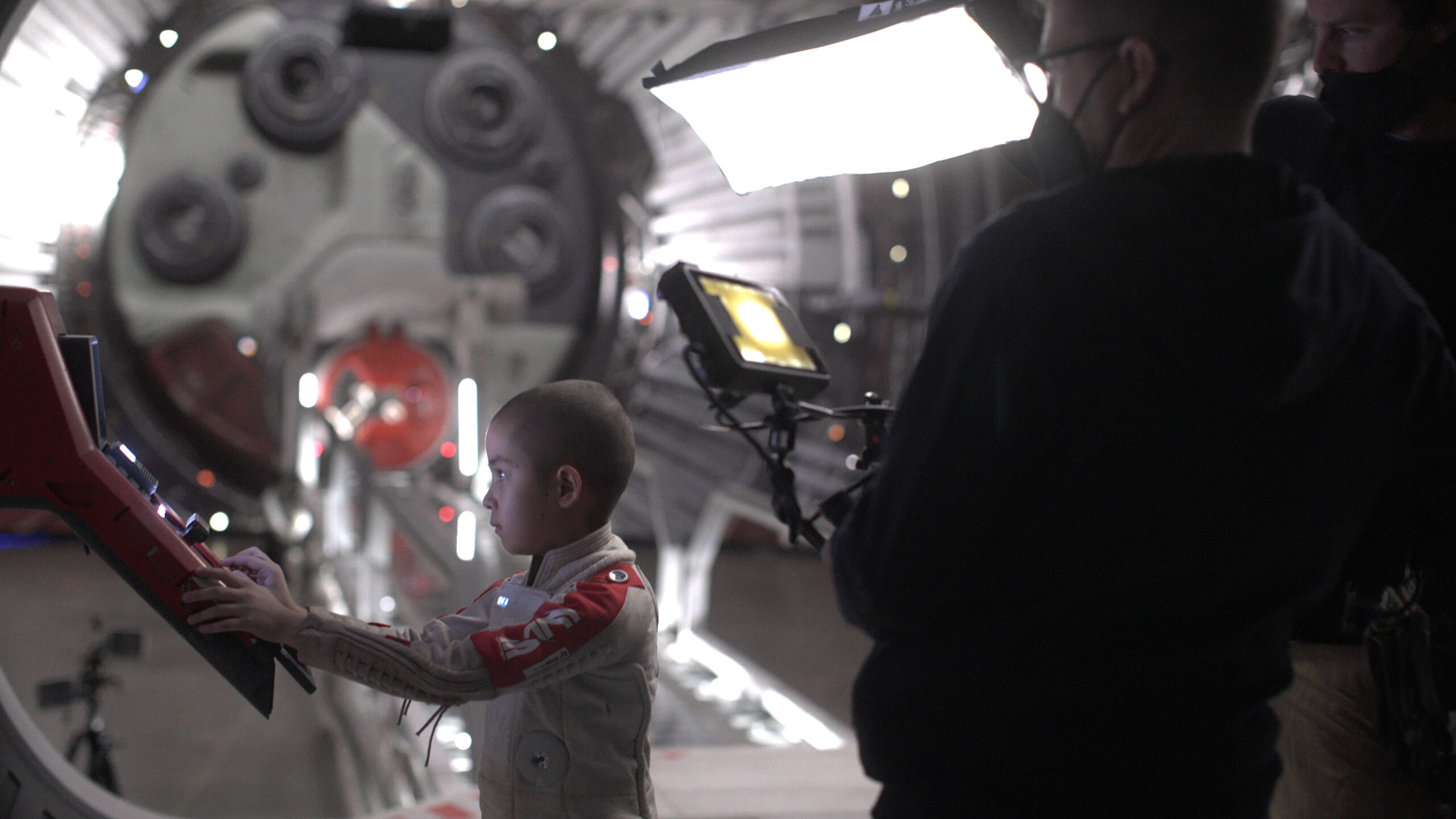
Even before the film was green-lit, supervising sound editors and sound designers Erik Aadahl and Ethan Van Der Ryn were instrumental in getting the movie to the ground by providing the sound design for the proof-of-concept teaser trailer shot across Southeast Asia in 2019. Their commitment to the project didn’t cease from that point, delivering an immense soundscape Spencer says is “as rich and diverse as the visual world of ‘The Creator.’”
In conclusion, Edwards says, “Things have changed a lot since the days when I fell in love with cinema. Sadly, the idea of a large original sci-fi in theaters has become very rare. But as in the ‘90s 13 when I started experimenting with movie-making technology, we’re living at a time where the tools available to filmmakers are developing at a mind-blowing pace. And maybe this is finally the moment where filmmaking becomes democratized. And the idea that anyone can make a movie from their bedroom could finally come true.”
Q: This is a film with incredible visuals. It’s got suspense. It’s intense. But obviously, it’s also got a core emotional story, which is so vital to the film. I mean, all of your movies are emotional. They have that kind of heartfelt element to them. Again, why is that so important to you? And tell us about it in this film.
Edwards: “I think essentially, like, the film that probably had one of the biggest impacts on me as a kid was Steven Spielberg’s ET. And as a kid, I went in, all I was interested in was I wanted to see an alien and a spaceship, you know, and BMX’es. And then I got absolutely moved to tears on this, like, emotional journey with the two of them.”
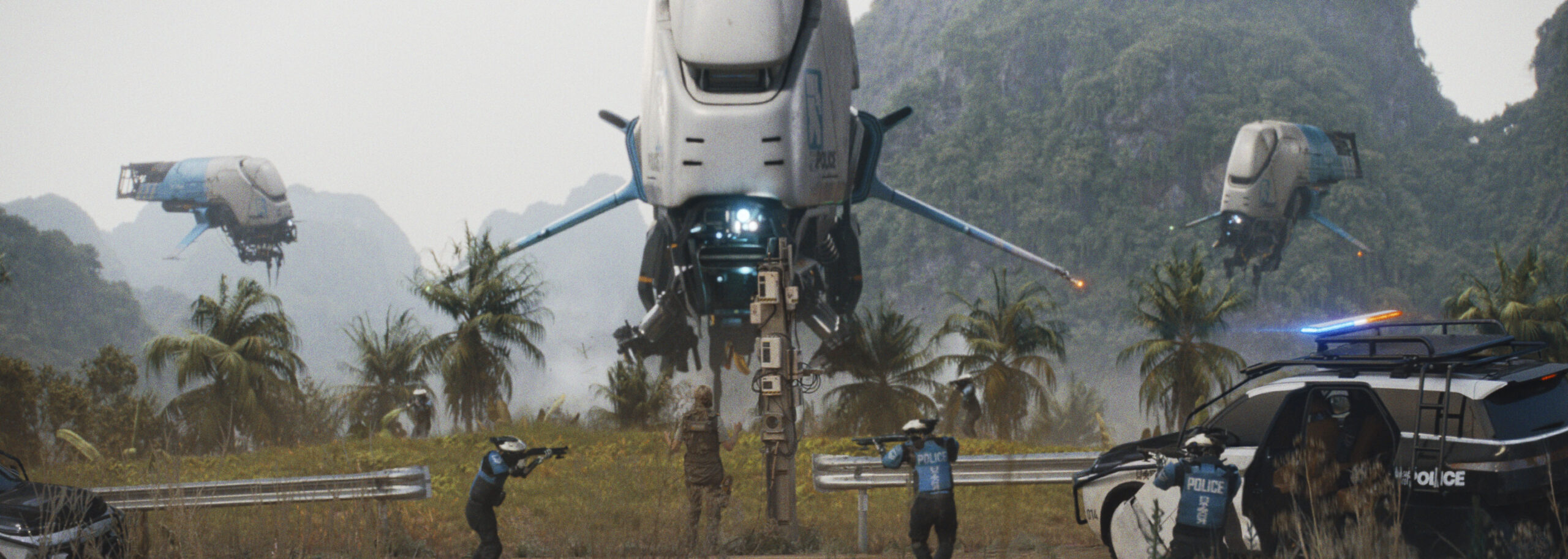
“And I feel like that’s the goal, every movie you make, you know, you don’t say this out loud because you set yourself up for failure. But, like, if you don’t make, you know, some people well up or cry, then you’re not really abusing, like, the power of cinema. And so, like, it’s always the secret goal when you write a film, is to do something that affects people emotionally. But yeah, I mean, it’s up for other people to say if you are successful or not, I guess.”
“So, I started writing this in 2018, when AI was up there with flying cars and living on the moon. You know, it was like, something maybe you would see in your lifetime, probably not. And so, I sort of feel like every major technological breakthrough that’s happened in the last century or so, like electricity, computers, the internet, they always have seismic, like, changes on industries. And you know, like, there’s a big bump in the road that we have to get over.
“But on the other side of it, when the dust finally settles, I think we all look back and go, I’m glad we have electricity. You know, I’m glad we have computers. I’m glad we have the internet. And I think this will be another one. Like, the next few years or more will probably be a little tricky. But I think the upside, it’s such a powerful tool that’s gonna just help so many things in the world, that I think the positives are gonna outweigh the negatives.”
“The Creator” is now playing in theaters.
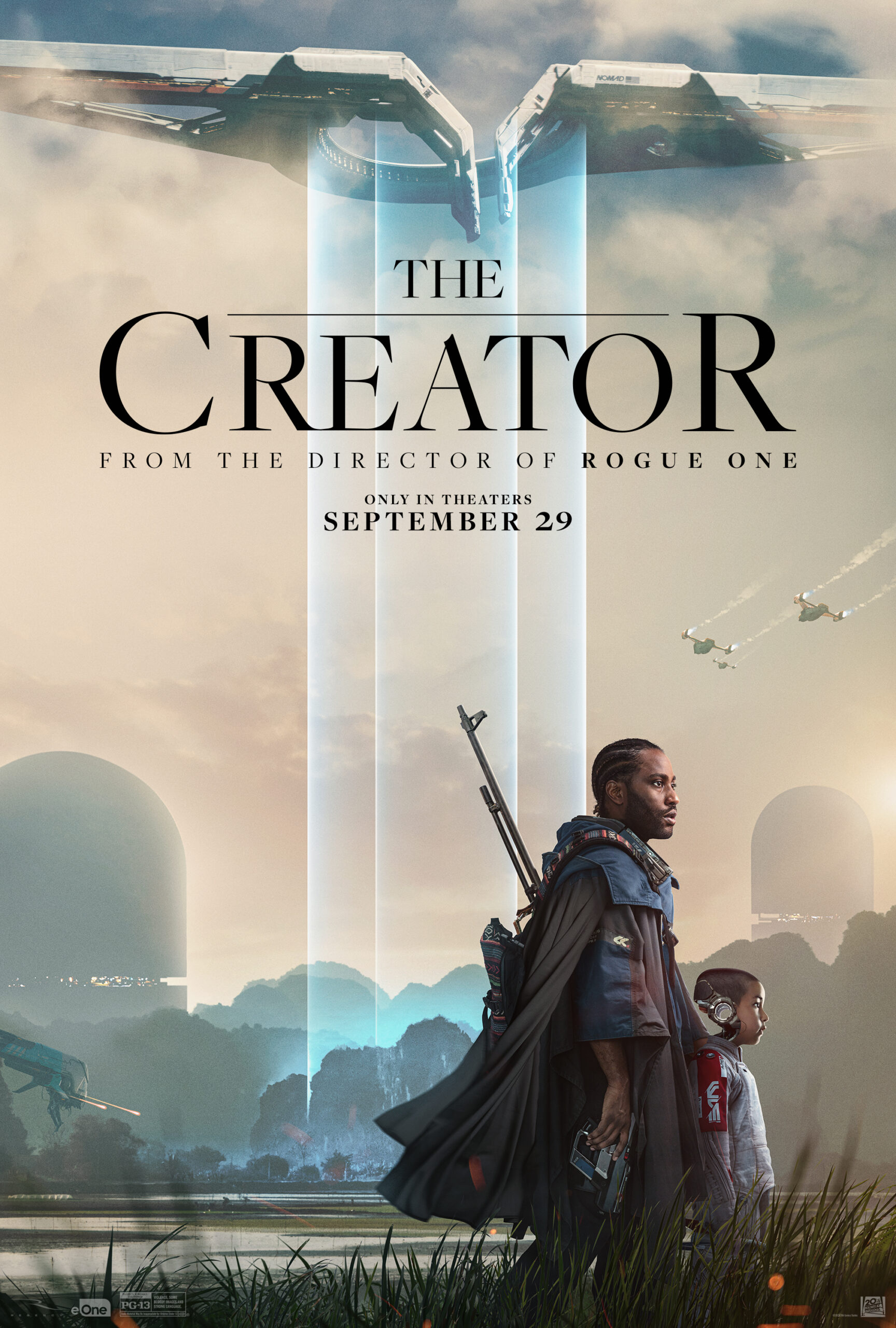
Discover more from Socalthrills.com
Subscribe to get the latest posts sent to your email.


